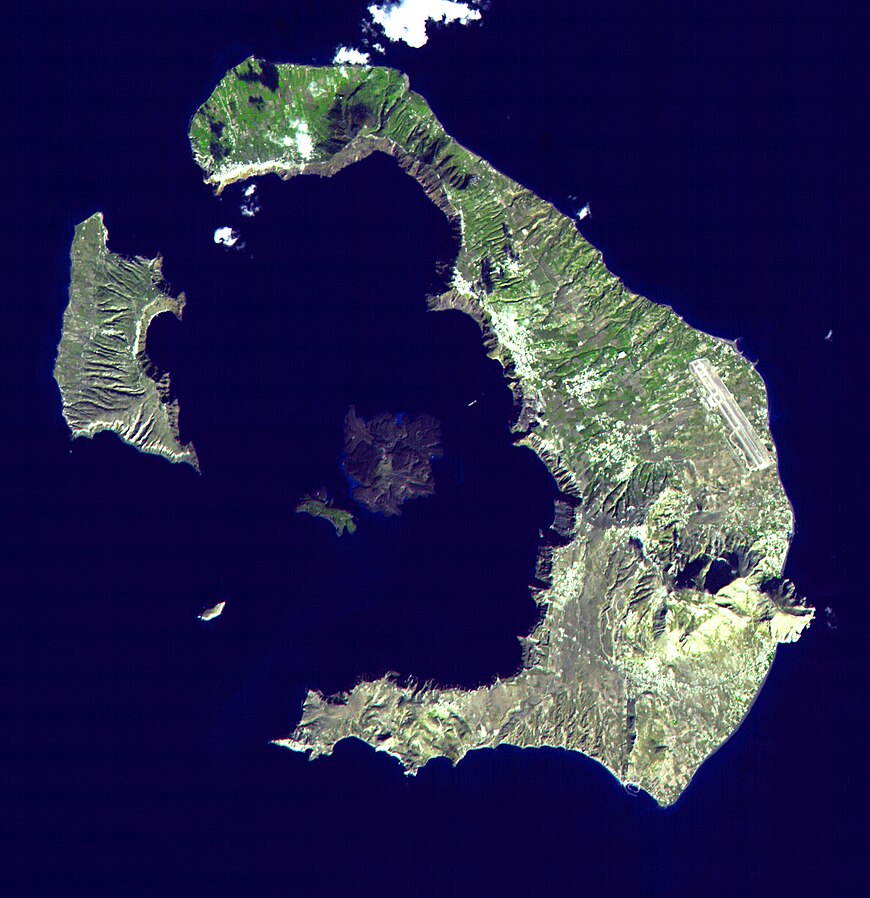The History of the Minoans
Welcome to a digital odyssey through the sun-drenched landscapes and labyrinthine palaces of the Minoans—a civilization that once thrived amidst the azure waters of the Aegean. Our website is your portal to the captivating history of the Minoans, an ancient people whose legacy is etched in vibrant frescoes, intricate artifacts, and the enigmatic ruins of Knossos.

Guided by historians, archaeologists, and researchers, our virtual exploration unfolds the narrative of the Minoans—from the ceremonial halls of Phaistos to the coastal beauty of Akrotiri. Immerse yourself in a curated collection of scholarly insights, historical analyses, and cultural narratives that unveil the grandeur, complexity, and enduring influence of the Minoan civilization.
Discover groundbreaking research that delves into the sophisticated architecture of their palaces, the maritime prowess of their seafaring culture, and the symbolic richness of their art. Whether you’re a history enthusiast, a student eager to delve into the past, or someone drawn to the allure of ancient mysteries, our digital repository offers a comprehensive exploration of the fascinating history of the Minoans.
Engage with the ongoing dialogue that deepens our understanding of this remarkable civilization, where each clay tablet, vivid fresco, and finely crafted vase contributes to the story of a people whose cultural achievements echo through the ages. Welcome to a space where the scholarship on the history of the Minoans thrives, inviting you to explore, learn, and be captivated by the enduring legacy of this extraordinary Aegean civilization.

The Minoans were an ancient civilization that flourished on the island of Crete from c. 3000 BC to c. 1100 BC. They were named after the legendary king Minos, who was said to have ruled Crete during the Bronze Age. The Minoans are known for their advanced culture, architecture and art, as well as their mysterious disappearance.
They emerged during the Early Bronze Age on the island of Crete. The earliest settlements on Crete date back to the Neolithic period, c. 7000 BC, but the Minoan civilization itself began c. 3000 BC.
The Minoans were a maritime civilization, with a strong economy based on trade and agriculture. They established trade routes with other cultures in the Aegean, as well as with Egypt and the Near East. They also developed a sophisticated system of writing known as Linear A, although its meaning remains a mystery to this day.

They were also known for their advanced architecture and engineering skills. They built large palaces with complex layouts, as well as sophisticated drainage and water supply systems. The most famous Minoan palace is the Palace of Knossos, which was the centre of the Minoan civilisation.
The Minoans were also skilled artists, known for their intricate pottery, frescoes and sculptures. They often depicted scenes from everyday life, as well as religious and mythological themes.

They had a pantheon of gods and goddesses that included the Great Mother Goddess, who was associated with fertility and the earth, as well as other deities. They believed in an afterlife and buried their dead with grave goods such as pottery, jewellery and weapons.
The Minoans also had a complex system of rituals and ceremonies, which were often held in their palaces and other sacred sites. They may have practiced bull-leaping, a dangerous sport in which athletes would jump over the backs of charging bulls.

The cause of the Minoans decline and disappearance remains a mystery. Some scholars believe that a volcanic eruption on the nearby island of Thera (modern-day Santorini) caused widespread destruction and disrupted the Minoan economy. Others believe that they were weakened by invasions from the Mycenaeans, a civilization that emerged on the Greek mainland c. 1600 BC.
Regardless of the cause, the Minoans began to decline c. 1450 BC. The Palace of Knossos was destroyed, and other Minoan settlements were abandoned. The Minoans were eventually absorbed into the Mycenaean civilization, which became the dominant power in the Aegean.

Despite their disappearance, the Minoans left a lasting legacy on Western civilization. Their advanced architecture, engineering and art influenced subsequent cultures in the Aegean and beyond. The story of the Minotaur, a monster with the body of a man and the head of a bull, remains a popular myth to this day.
The Minoan civilization also played an important role in the development of Western philosophy. The philosopher Plato wrote about the myth of Atlantis, a legendary island that was said to have been destroyed by the gods. Some scholars believe that Plato’s story was inspired by the Minoan civilization, which he may have heard about during his travels.
